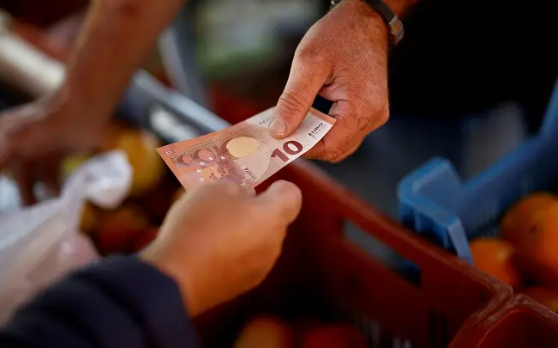Euro Hits One-Year Low Amid Economic Concerns
The euro has recently fallen to its lowest point in a year. This decline raises concerns about its potential to reach parity with the US dollar. Market analysts are closely monitoring the situation. Factors such as Donald Trump’s election victory and the prospect of increased tariffs are influencing the euro’s performance.
Euro’s Current Status
Currently, the euro is valued at approximately $1.06. This represents a nearly 5% drop from its highs in September. Economic forecasts suggest a weakening outlook for the eurozone, contributing to this decline. The euro-dollar exchange rate remains the most actively traded currency pair globally.
Potential for Parity
The possibility of the euro hitting the $1 mark is becoming a topic of discussion. Parity is only about 6% away. Historical trends show the euro trading below this level in the early 2000s and during parts of 2022. Market sentiment could worsen if the euro falls below this psychological barrier.
Impact on Businesses and Households
A weaker euro typically increases import costs. This situation can lead to rising prices for food, energy, and raw materials. However, inflation has decreased , reducing immediate concern. A lower euro also benefits exporters by making their products cheaper abroad, particularly aiding Germany’s economy.
Comparison with Other Currencies
The euro is not alone in its decline. Other major currencies have also suffered due to tariff concerns. The Mexican peso and the Korean won have seen similar losses. Historically, the euro has experienced fluctuations following important political events, such as Trump’s previous election.
Long-Term Outlook for the Euro
Despite current challenges, some analysts maintain a cautiously optimistic view. While parity is possible, it is not seen as inevitable. Potential interest rate cuts by the European Central Bank (ECB) could support the euro’s value in the long run. The eurozone’s recent economic growth may also provide a stabilising effect.
Implications for the European Central Bank
The ECB is better positioned than during past euro declines. Current inflation trends are downward, which alleviates pressure to raise interest rates. The ECB monitors the euro’s performance against a broader basket of currencies, indicating relative strength. The impact of currency fluctuations on inflation is minimal, allowing for potential rate cuts without important concerns.
Important Facts for Exams:
- ECB: The European Central Bank manages monetary policy in the eurozone. It focuses on price stability and economic growth. The ECB influences interest rates and currency value through policy decisions.
- Parity: Parity refers to the exchange rate where two currencies are equal. The euro is approaching this psychological level against the US dollar. Historical trends show the euro trading below parity previously.
- Tariffs: Tariffs are taxes imposed on imported goods. They can affect currency values and international trade. Increased tariffs may lead to economic slowdowns and impact currency exchange rates .
Month: Current Affairs - November, 2024
Category: Economy & Banking Current Affairs


